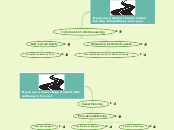a Stephen Ippolito 8 éve
563
Disability Embodiment and Empowerment
The data, derived from the American Community Survey and analyzed by Cornell University, highlights significant issues faced by disabled individuals in the U.S., particularly in education and employment.









